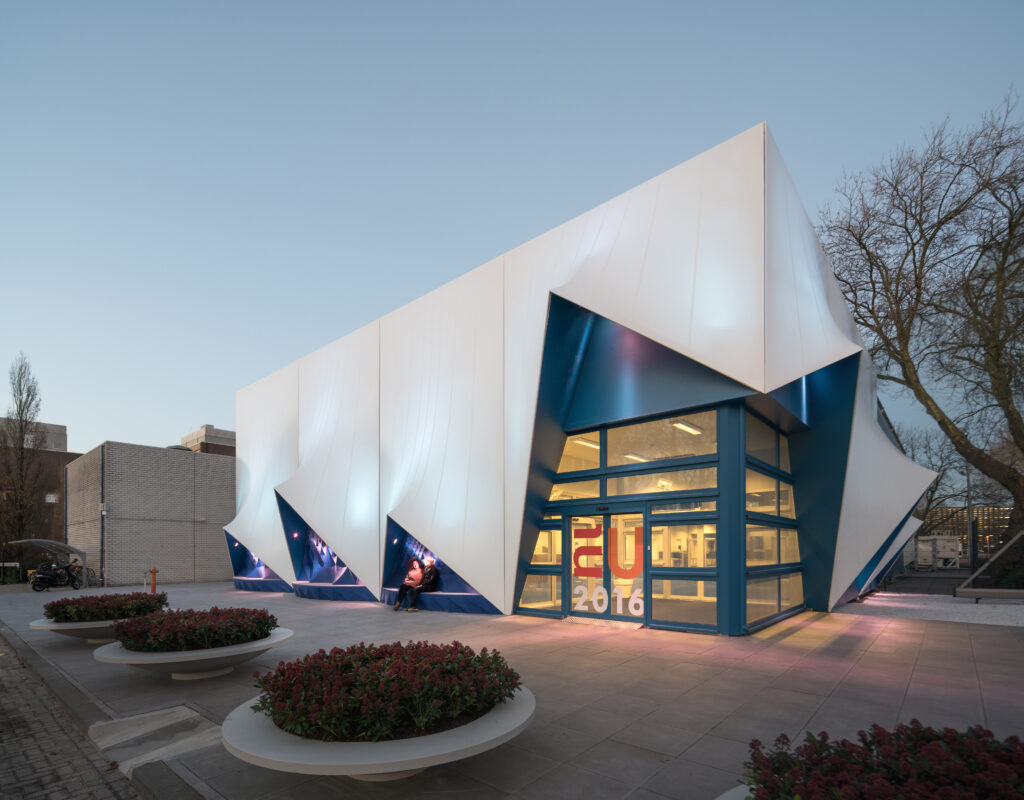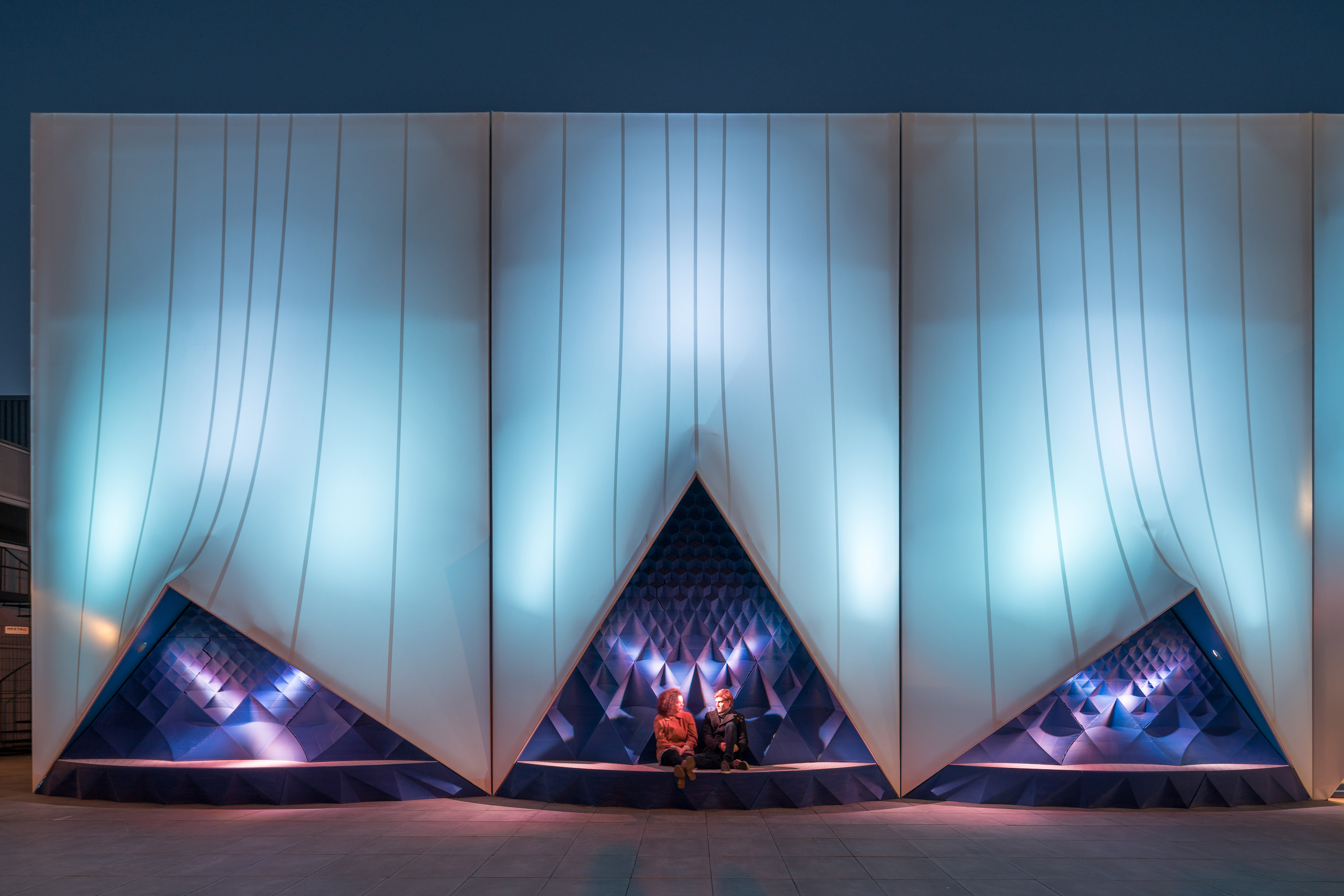The 3D printed house
 A house made by a 3D printer is no longer just a dream. Did you know the ‘Europa-Haus’ in the Amsterdam Marine Quarter, built for the duration of the Dutch Presidency of the EU, was partly constructed in this way?
A house made by a 3D printer is no longer just a dream. Did you know the ‘Europa-Haus’ in the Amsterdam Marine Quarter, built for the duration of the Dutch Presidency of the EU, was partly constructed in this way?
Based in Amsterdam, DUS Architects realised the idea of building entire houses in this way could be done with a mobile 3D printer in extra-extra-large (XXL) format. For the construction of the building, the architects worked closely with igus.
It might seem a little far fetched at first glance, but on closer inspection, the building is not only appealing, but has many other benefits. The load-bearing structures are manufactured from biodegradable plastic, which are recyclable. This makes the structure both eco-friendly and sustainable. Also, some of the interior decorations were also 3D printed.
The architects were keen to point out that while pre-fabricated architecture is cost-effective, it can restrict creative design freedom. The structural elements of the façade were 3D-printed, and then concreted into position on-site. This process of construction can also work very well to build new homes in disaster areas.
To transform this idea into reality, DUS Architects founded a separate company called Actual; this enabled the owner to design or select components on a digital platform, which are then manufactured on site using mobile 3D printers.
The first generation 3D printer had a separate room for the control, this limited the part size to a maximum 2.50 x 2.50 x 3.50 metres. There was also need for improvement, both in precision and in the printing speed. So we optimised the design of the mobile 3D printer and developed a linear robot for the print head.
During the planning stages, the engineers used the modular drylin system multi-axis linear robots. They are available as line, flat and room gantries for one, two and three axes, and depart from pre-defined surfaces and spaces. To enable the print head to move precisely, self-lubricated drylin toothed belt units were used. The leadscrew units were used to position the gantry vertically, which integrate drives that provide position detection.
The engineers also supported Actual with integration of the printer, which can now print structural elements of up to 6.50 m. In addition to the linear robots, other parts from igus were included in the construction of the 3D printer, including plain bearings, cable management systems and linear systems.Joe Platt, Head of Mechanical Engineering at Actual, said of the project: “igus gave us excellent support, and the gantry proved to be the best in practice.”
Among the projects being undertaken by Actual at present is the “3D print Canal House”, which is currently being built on a town canal in Amsterdam. The construction site is public and has more than 1,000 registered visitors per month.
For further information about igus, please visit: www.igus.co.ukor call igus directly on 01604 677240. Follow us at twitter.com/igusUK, watch our videos at www.igus.co.uk/YouTube, connect with us at www.igus.co.uk/Facebook


